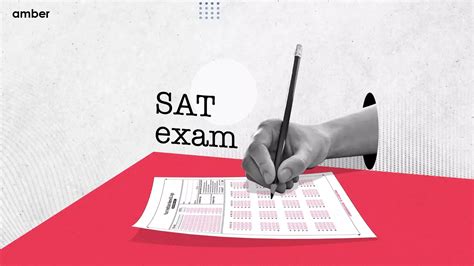Introduction
The SAT (Scholastic Aptitude Test) is a standardized test widely used for college admissions in the United States. Many students and their parents wonder about the optimal time to begin preparing for this crucial exam. This comprehensive guide provides a detailed analysis of when to start preparing for the SAT, taking into account various factors such as the student’s academic level, goals, and testing timeline.

The Best Time to Start Preparing: A Gradual Approach
The ideal time to start preparing for the SAT varies depending on individual circumstances. However, most experts recommend a gradual approach, starting with light preparation in the earlier years of high school and gradually increasing intensity as the test date approaches.
Freshman and Sophomore Years (Grades 9-10)
- Focus on Building a Strong Academic Foundation: Focus on developing a strong foundation in English, math, and critical thinking skills with rigorous coursework and extracurricular activities.
- Take Practice Tests Informally: Take practice tests occasionally to identify areas of strength and weakness. This allows students to adjust their study plans accordingly.
Junior Year (Grade 11)
- Increase Preparation Intensity: Dedicate more time to SAT preparation with regular study sessions or consider joining a test preparation class.
- Take Official Practice Tests: Begin taking official College Board practice tests to simulate the actual testing experience.
- Set a Target Score: Research universities and their SAT score requirements to set a target score to strive for.
Senior Year (Grade 12)
- Maximize Preparation: Intensify study sessions and focus on areas needing improvement.
- Take Full-Length Practice Tests: Take full-length practice tests under timed conditions to gauge progress and identify any remaining weaknesses.
- Finalize Study Plan: Refine the study plan based on practice test results and ensure coverage of all essential topics.
Factors to Consider
In addition to the recommended timeline, the following factors can influence the optimal time to start preparing:
- Academic Level: Advanced students with high academic performance may start preparing earlier, while those needing improvement in core subjects may benefit from additional preparatory time.
- Goals and Aspirations: Students aiming for top-tier universities or competitive programs may need to start preparing earlier to achieve higher scores.
- Testing Timeline: The SAT is typically taken in the spring of junior or senior year. Students should adjust their preparation schedule accordingly.
- Personal Circumstances: Factors such as extracurricular activities, learning style, and availability of support can affect the preparation timeline.
Tips and Tricks
- Utilize Official Resources: Utilize College Board’s official website, practice tests, and study materials for accurate and up-to-date information.
- Seek Professional Support: Consider enrolling in a test preparation class or working with a tutor for personalized guidance and support.
- Set Realistic Goals: Establish achievable study goals and break down the preparation process into smaller, manageable chunks.
- Practice Regularly: Consistency in practice is crucial for improving scores. Aim for regular study sessions throughout the preparation period.
- Identify Weaknesses and Strengths: Analyze practice test results to identify areas needing improvement and focus study efforts accordingly.
- Manage Test Anxiety: Practice relaxation techniques or mindfulness exercises to reduce test-day anxiety and improve performance.
Benefits of Early Preparation
Starting SAT preparation early offers several advantages:
- Reduced Stress: Allows ample time to absorb content and build confidence, reducing stress levels on test day.
- Improved Scores: Extended preparation provides more time to improve skills and knowledge, leading to higher test scores.
- Stronger College Applications: High SAT scores can enhance college applications and increase the likelihood of admission to top-choice schools.
- Planned and Focused Study: An early start enables students to create a structured study plan, ensuring comprehensive coverage of all necessary topics.
- No Regrets: Starting early eliminates the potential for regrets about inadequate preparation and missed opportunities.
Conclusion
The optimal time to start preparing for the SAT depends on a combination of factors, including academic level, testing timeline, and personal circumstances. However, the gradual approach is generally recommended, starting with light preparation in freshman and sophomore years and gradually increasing intensity until the senior year. The benefits of early preparation are substantial, including reduced stress, improved scores, and increased college admission chances. By following these guidelines and considering the recommended timeline, students can maximize their SAT preparation and achieve their desired results.
